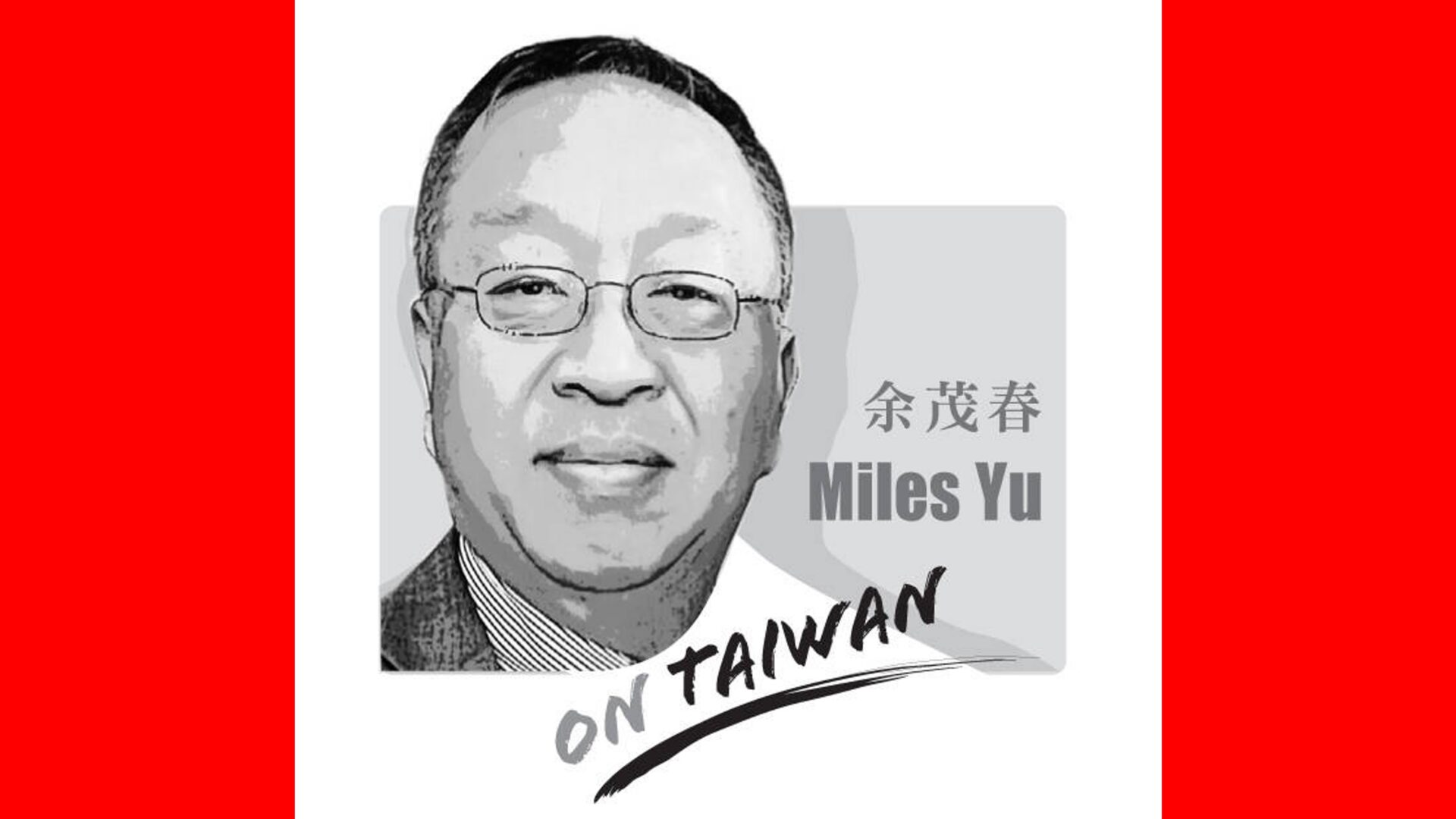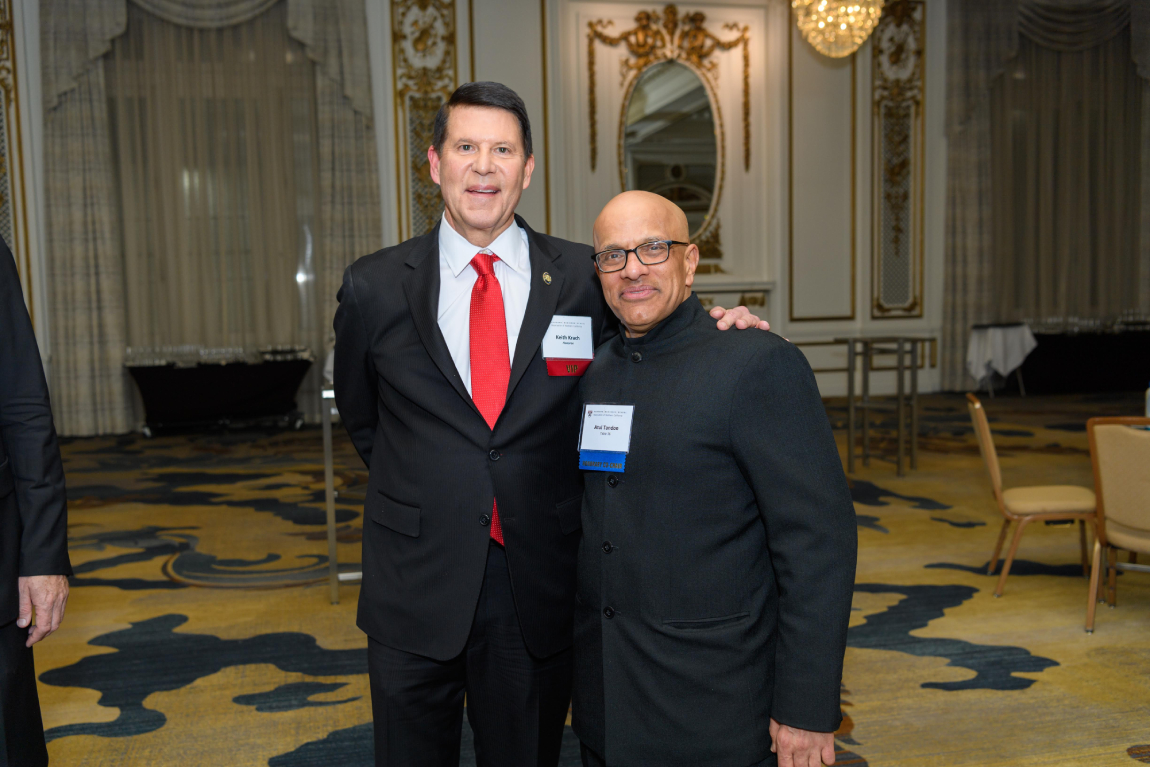Architect of CHIPS Act Speaks on Its Impact
EETimes

Our objective was that TSMC’s announcement would provide the necessary impetus to spark four additional areas to further fortify a trusted supply chain. First, it would attract TSMC ecosystem suppliers, which it has.
Second, it would persuade other chipmakers, particularly Intel and Samsung, to get off the dime and to build in the U.S., which has happened in a big way. In less than a year, Intel CEO Pat Gelsinger announced a $20 billion investment in Chandler, Arizona. Then Samsung came in with a $17 billion investment in Texas. And recently, Intel’s investing $20 billion in my home state of Ohio, which could grow to be $100 billion.
Third, we hoped to spur universities to start programs in semiconductor engineering. My alma mater, Purdue, has just announced a master’s degree program in semiconductor engineering.
Fourth, we also believed TSMC was the crucial catalyst to design a bipartisan bill (CHIPS for America) providing the necessary funding to bring back American semiconductor manufacturing.
We also hoped the deal would inspire Congress to pass the bipartisan Endless Frontier Act that we architected with Senate Majority Leader Charles Schumer and Senator Todd Young back in November 2019 to boost investment in high-tech research. Now these two bills are combined to make up the CHIPS and Science Act. It was good karma.
Related Posts

By: Miles Yu
article
Miles Yu On Taiwan: China’s lessons—and fears—from the Wagner revolt in Russia
For over a century, tumultuous events thousands of miles away in Russia have impacted China profoundly. Mao Zedong (毛澤東) famously said that the cannon sound of the October Revolution brought Marxism-Leninism to China. Now Xi Jinping (習近平) fears that last month’s Wagner revolt may provide a model for the Chinese Communist Party’s undoing.

article
Opportunity International and 2022 Nobel Peace Prize Nominee Keith Krach Announce Trusted Tech Microfinance Initiative
Opportunity International and Krach Institute for Tech Diplomacy Form Partnership to Bridge Digital Divide in Low-Income Countries.